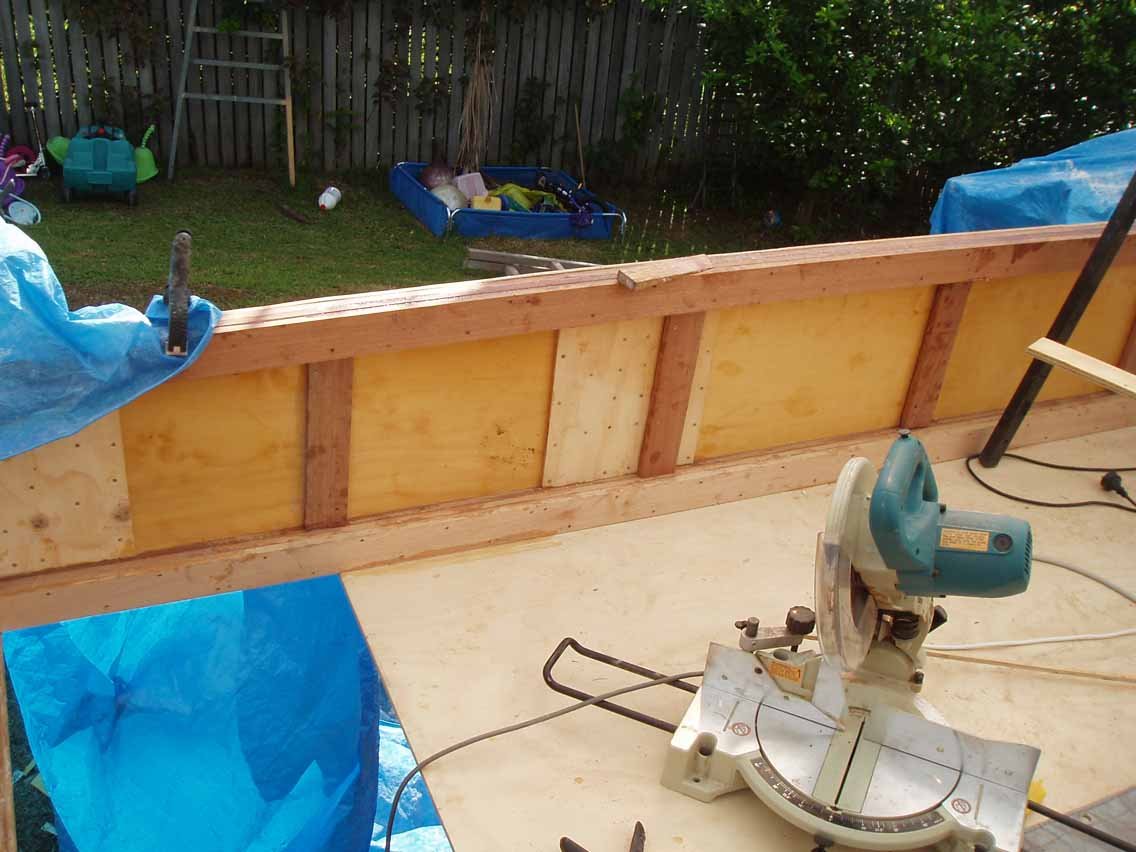When you first start building a boat you can see a lot of progress very quickly, working part time( as I like most people had a full time job) I managed to build a hull within about 6 weeks, and within about 4mths the bridge deck and adjoining bulkheads also had been assembled giving me the false illusion that i would be finished in under a year.
The next challenge was to get the hulls vertical, parallel and the same height, an endless stream of measurements, water levels and laser levels ensured that the job was as close as you could get, and bulkheads were assembled and glued in place between the hulls turning 2 canoes into a a catamaran at last. The next job was to build the bridgedeck and lift and glue it into place
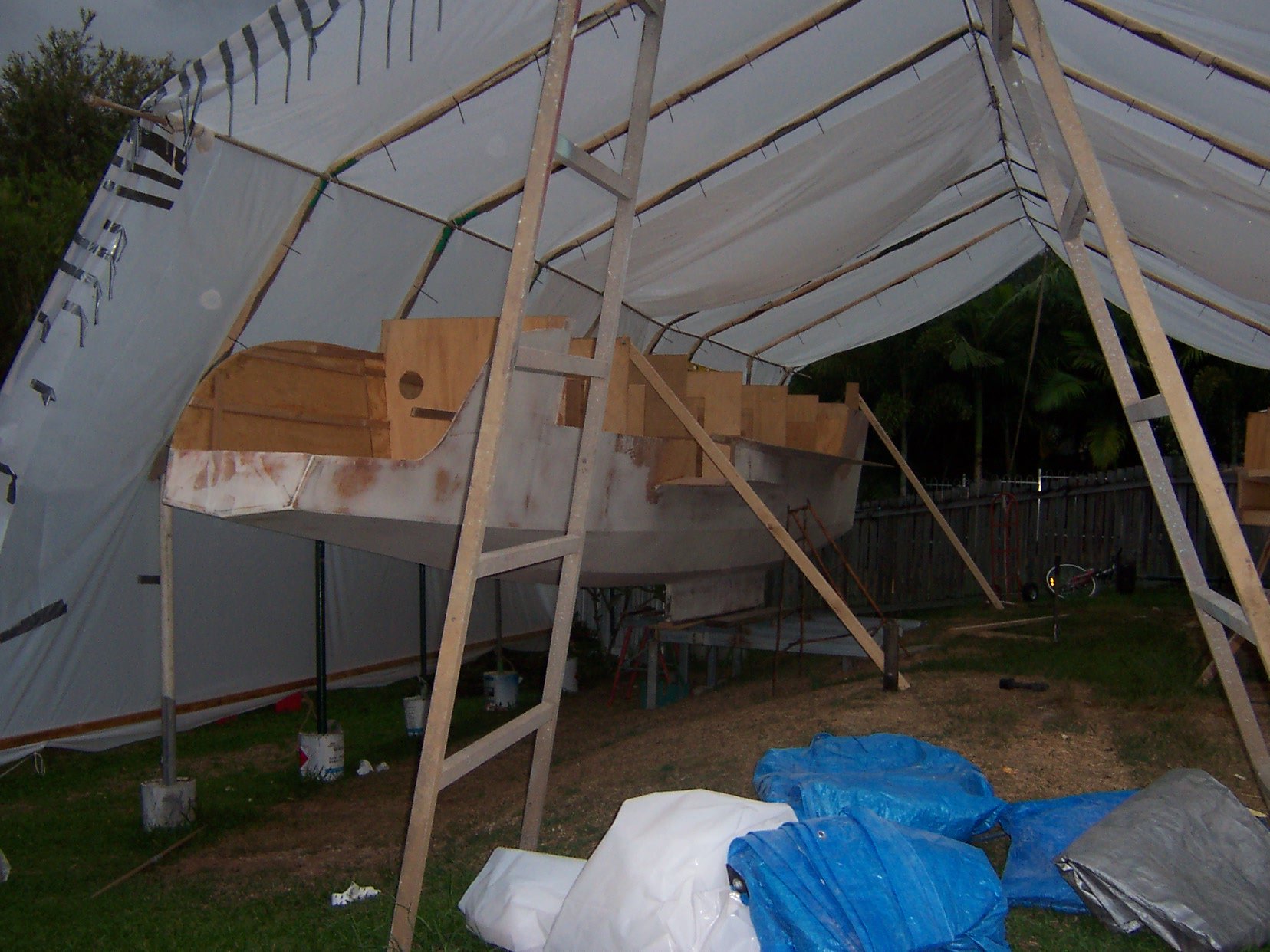
I made a few design modifications as I went along, these were all discussed with peter snell as i went along and I believe he incorporated a few of my ideas in his next design the Sarah. one of the first I did was to extend the hull by 600 mm to give me an extended boarding platform which you can see here, I also angled the stern backwards 10 degrees as I thought it looked nice
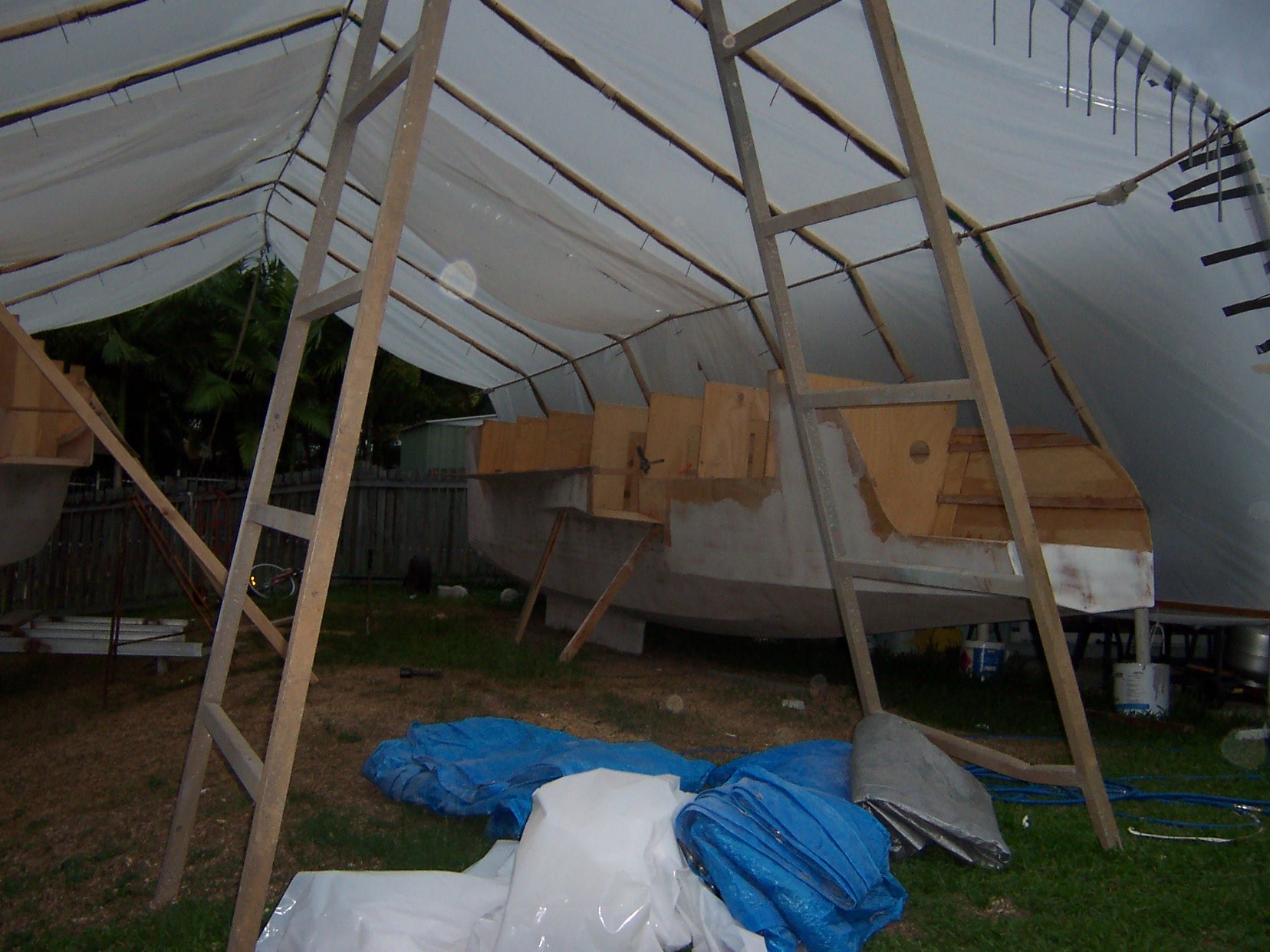
when you have a big tent you need a big ladder

both hulls vertical level and parallel with bracing to keep them so, frequent checks were made

front view



the bridgedeck was joined with stepscarfs and these required a little adjustment every now and then with a belt sander
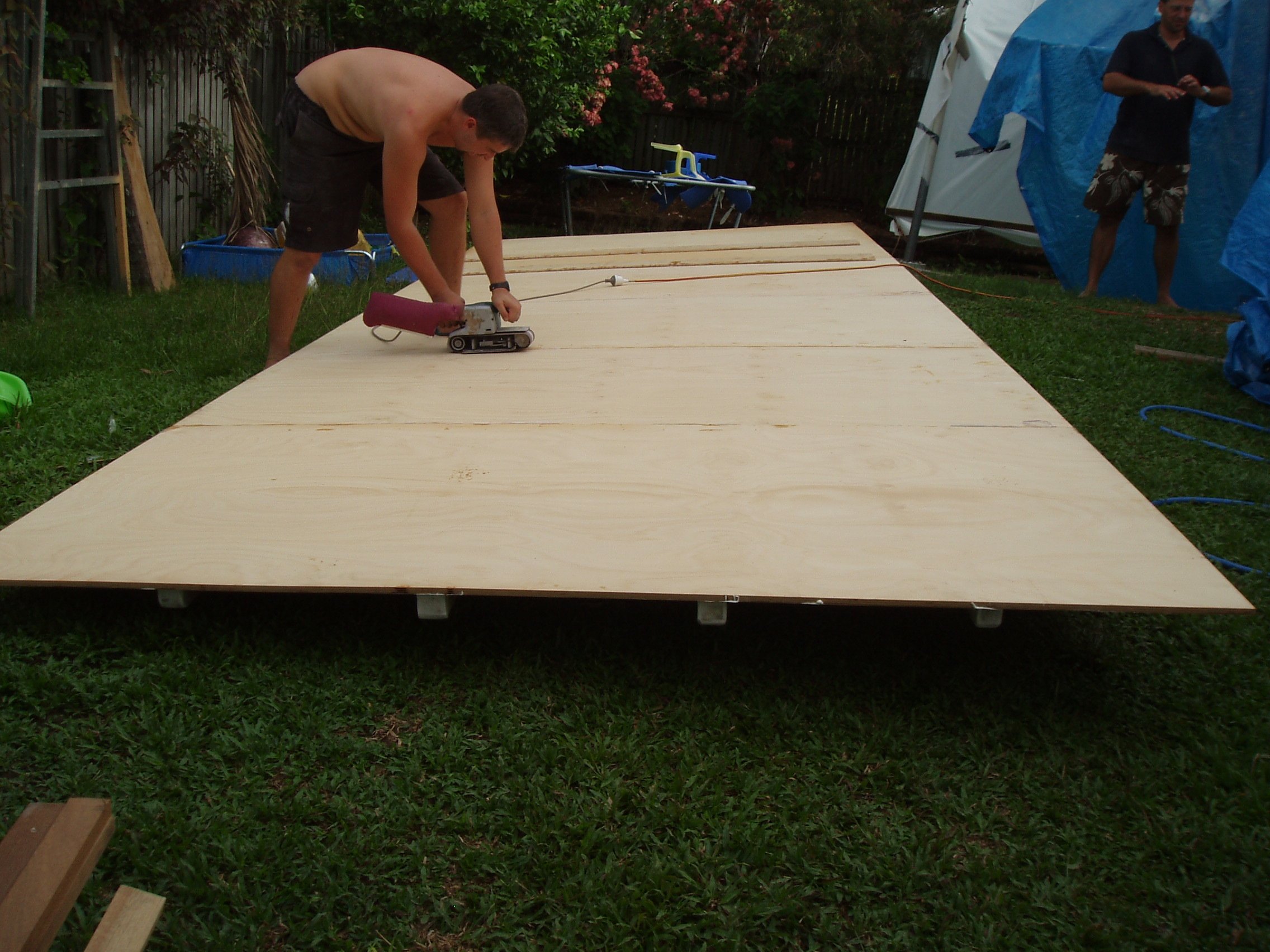
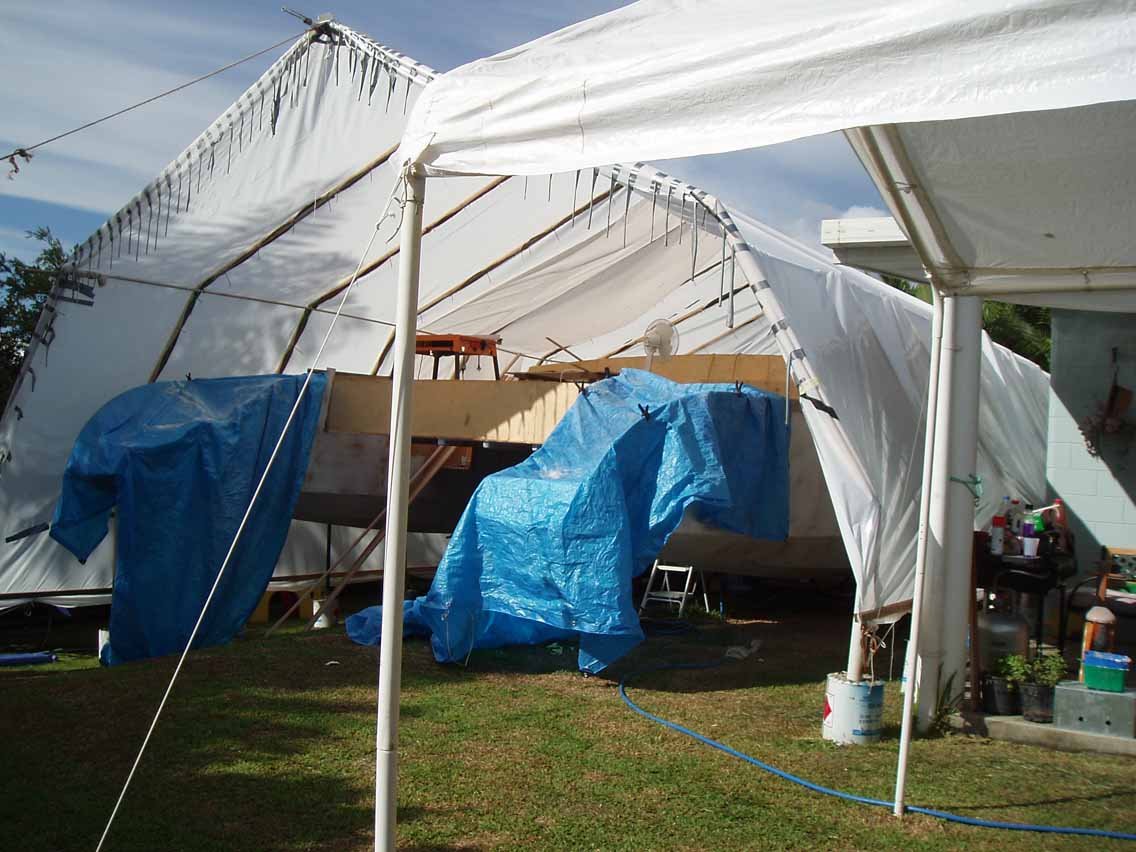

the underneath of the bridgedeck now becomes dry timber storage
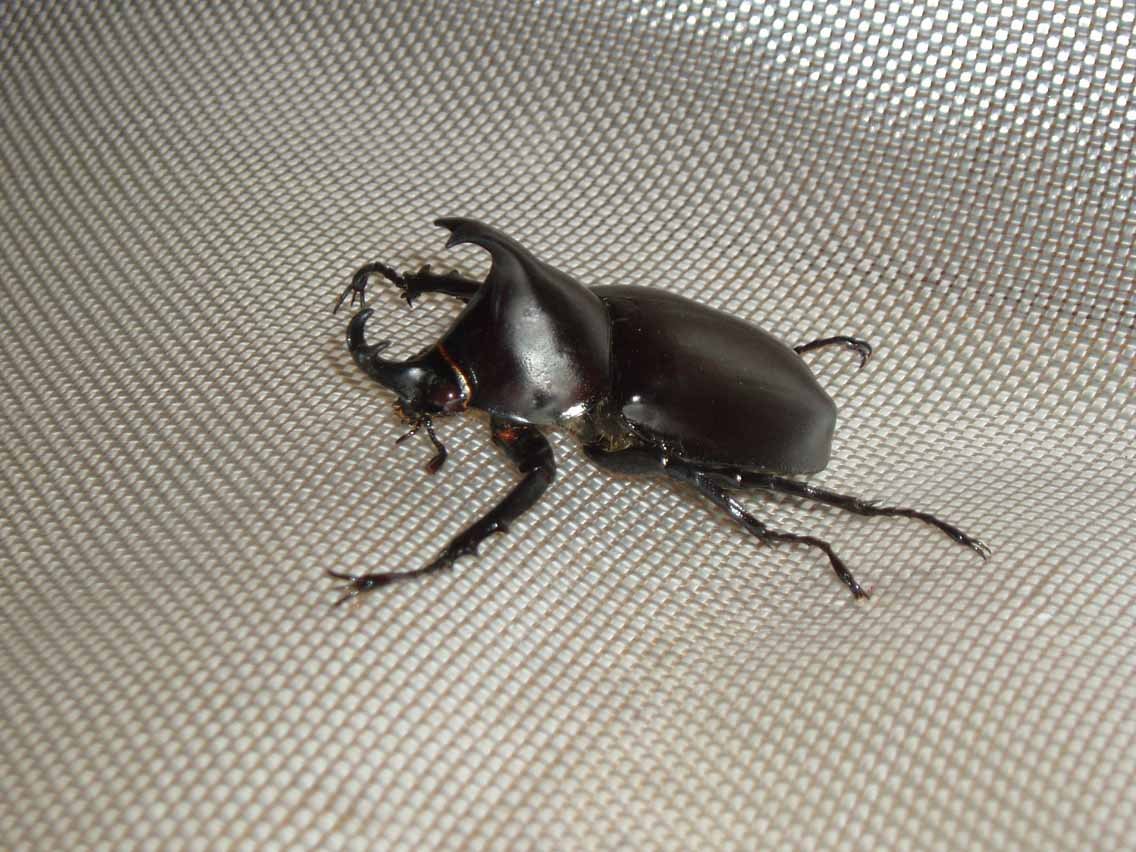
every now and then you get special visitors

bridgdeck installed and I have my first catamaran

the addition of the bridge deck gives you an additional most excellent work platform


when building the hulls it is important to clean up the epoxy on the inside as you go, this a gives you epoxy for the next sheet of ply (preventing wastage) and b makes your job look much neater

how you apply pressure to enable you to put some big screws in to hold it while the glue cures

